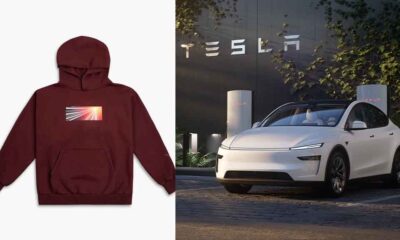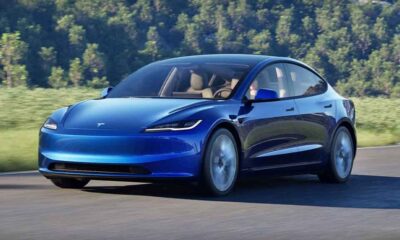Apple
Apple and iPhones have a tough ride through Trump’s tariffs

Apple is preparing to embrace Trump’s tariffs, and it’s not going to be easy to sell iPhones any longer in the US due to its assembly in foreign market.
Analyst Ming Chi Kuo has revealed that Apple’s hardware assembly is majorly depended on other countries and a major share goes to China, around 85 to 90%. The rest of the production is shared in India and Vietnam.
These three markets are imposed with 34%, 26% and 46% tariffs respectively, and it will increase the cost of hardware exports to the US since they aren’t made in the country.
Apple is still working on its supply chain diversification, and around 15 percent of its global iPhone production could shift to India in 2025. In the current scenario, China is unlikely to get any exemption from the tariffs, but it could reduce gross margin hit to 5.5-6% without raising prices if India and Vietnam secure tariff waivers through new US agreements.
If India somehow gets a tariff exemption, Apple will have a chance to shrug off more negative impact on gross margin only if it increases its production there.
Here are the key conclusions of Trump’s tariff on China, India and Vietnam according to Kuo.
India and Vietnam are far more likely than China to secure US tariff exemptions. Though the timeline is unclear, this would speed up Apple’s shift of assembly orders away from China until non-Chinese production can satisfy most US demand.
While the new tariff policies undoubtedly negatively impact Apple, the company has multiple options against it. In the US market, high-end iPhones account for 65-70% of new model sales, and high-end consumers are relatively more accepting of price increases. Apple could also use many strategies like increasing carrier subsidies or cutting Trade-In program discounts to offset tariff costs while softening the perception of price hikes.
Apple could also offset tariff impacts by squeezing its supply chain, putting greater pressure on most suppliers to cut costs.
Even if tariffs push Apple’s gross margin below 40%, this dip should be short-lived, with long-term margins likely staying above 40%, given the strategies above.
More critically, the medium- to long-term focus should be on the potential macroeconomic fallout from the Trump administration’s new tariff policies, as weaker consumer confidence and purchasing power could lengthen Apple’s device replacement cycles.”












